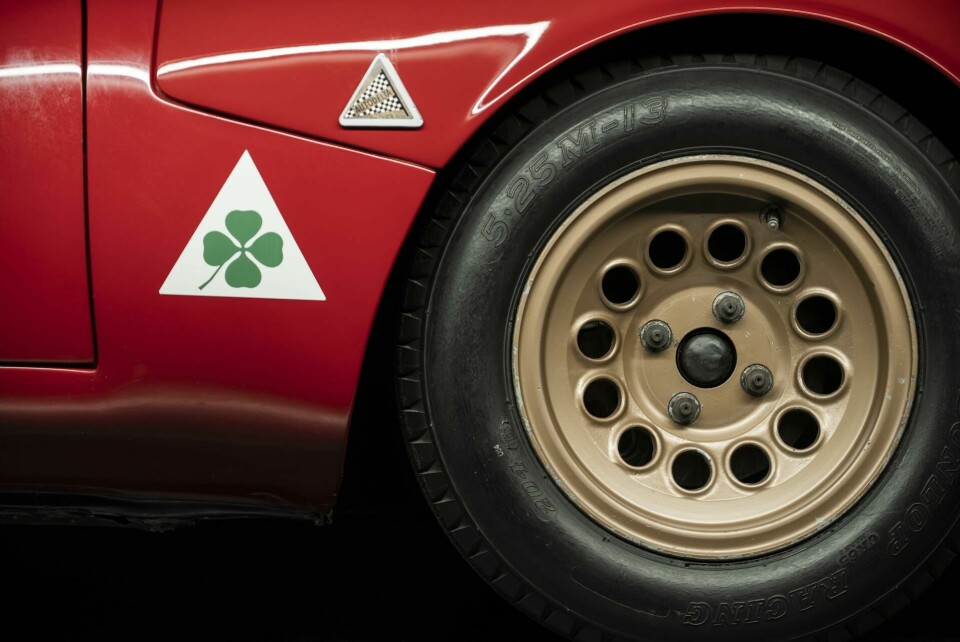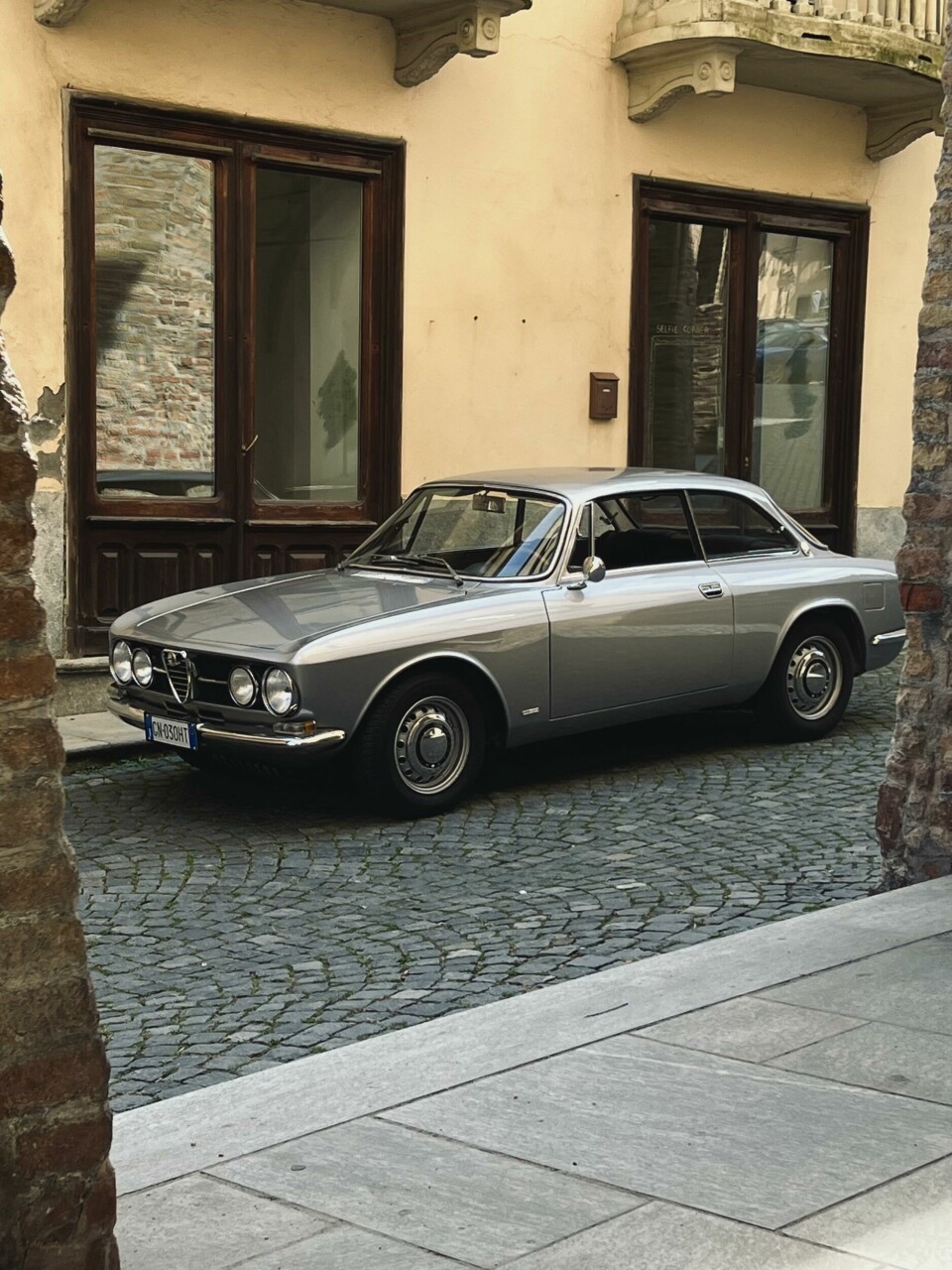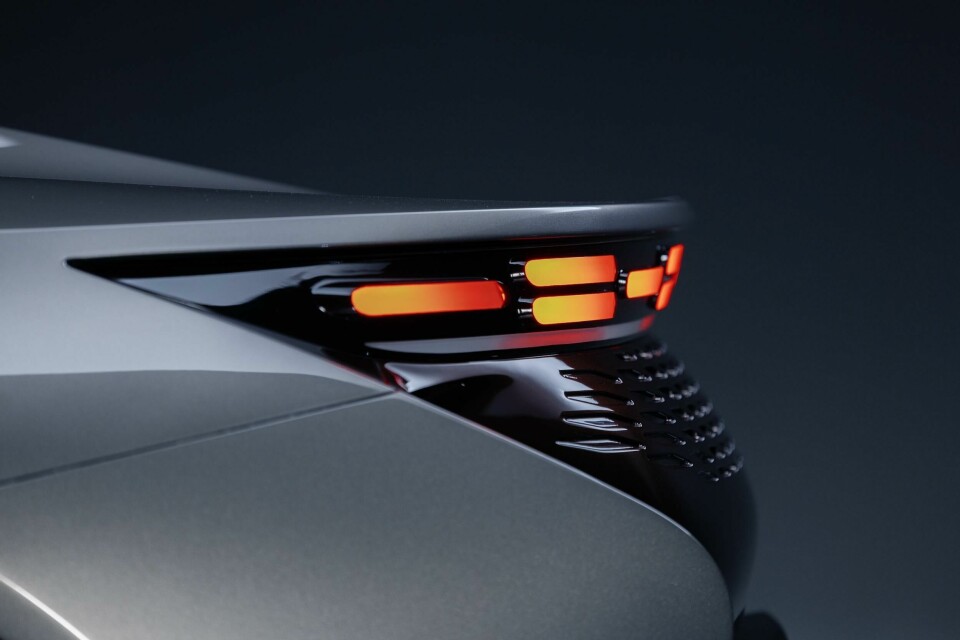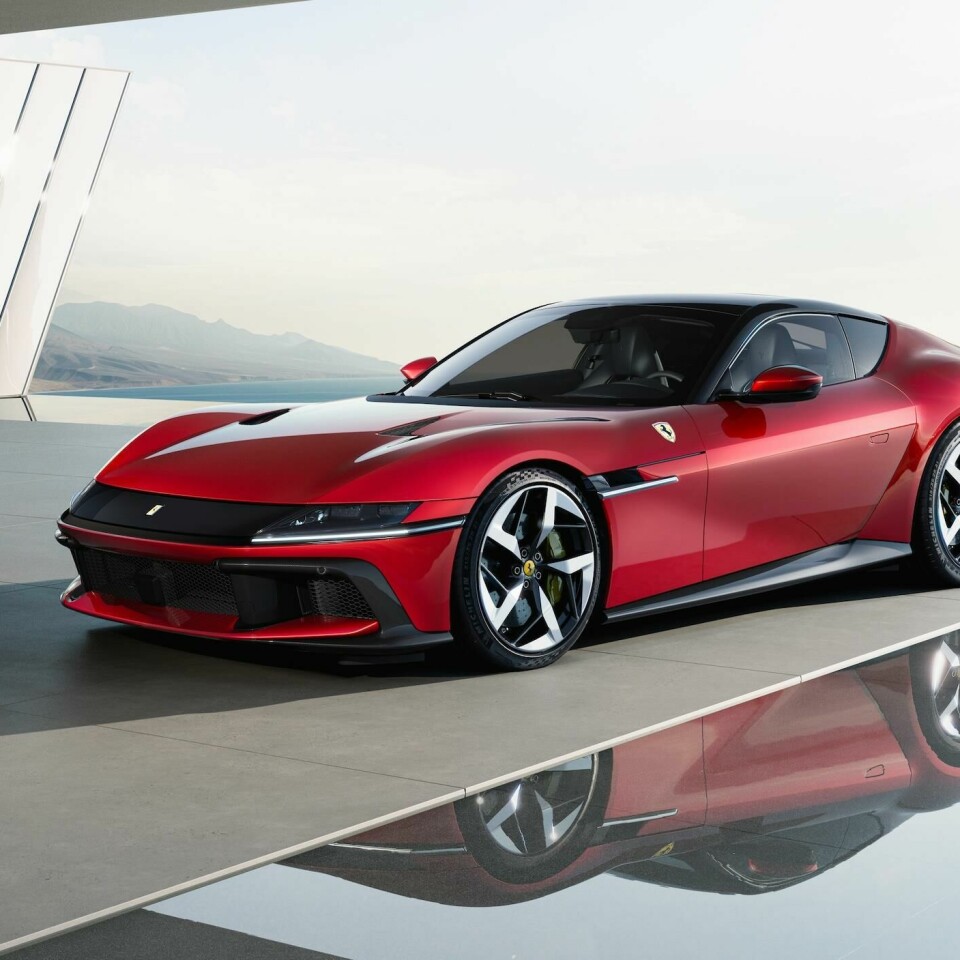
Sex and mystery vs. tech and trends – Italy’s design battle
CDN talks to designers at Ferrari, Alfa Romeo, Estrema and Bertone about the history of Italian design and what the future might hold
Italian car design is the epitome of sexy. A romanticism and mystery has always engulfed Italian marques, as if those working in those studios have a secret recipe or magic formula to produce the most jaw-dropping models the roads have ever seen.
But as the autonomous, electric, highly digital and ultra clinical vehicle rides into view, will that soul disappear? Will the encroachment of tech dull the romanticism, or can traditional Italian pizzazz and design heritage effectively inform future design?
We spoke to several leading Italian designers on the topic and asked them each a series of simple questions. Some answers were even too sexy to be included, but here are a few of the PG-rated ones.
What does quintessential Italian design look like?
“Italian design, especially car design, is often associated with a concept of sensuality,” Flavio Manzoni, chief design officer at Ferrari, tells CDN. “These sinuous, aerodynamic and sensual forms certainly have a deep connection with the plasticism that was characteristic of our design in the 1950s and 60s. The appeal that comes from such bursting forms is extremely exciting.”
Manzoni explains that he and his team are constantly leveraging this heritage to inform current and new vehicle design. A good example, he suggests, is the Ferrari 12Cilindri, with its muscular surfaces and clean lines. “It maintains sensuality while also having a very futuristic, technical and science fiction-inspired design language,” he notes.
It can be expressive or delicate, but it must always speak to the heart
For Bob Romkes, head of exterior design at Alfa Romeo, quintessential Italian design “must speak to the heart.” He lists iconic models like the 33 Stradale by Scaglione, the Alfa Romeo Carabo by Bertone, and the Lamborghini Countach by Marcello Gandini among his personal highlights. “There are too many beautiful cars to name,” he muses, “but with all of these models, it is clear that each element has to be both functional and beautiful. This is the true legacy of Italian design, not just with cars but also in fashion and other industries. It can be very expressive and full of character, or it can be sensual and delicate, but it must always speak to the heart.”

Romkes says that the concept of “love at first sight” is also very important for Italian design – a concept that came to him when he found his own Alfa Romeo GT Veloce 1750, pictured to the right.
Andrea Mocellin, design lead at Bertone, refers to a similar “deep emotional connection” that is central to Italian design, but also highlights the importance of craftsmanship. Whether it’s a tailor-made suit, a bottle of the finest Barolo or a simple bowl of spaghetti, it must be made with love and care, preferably by hand.
“Italian design is inseparable from Italian culture,” he adds. “Growing up surrounded by architecture, art and a way of life that prioritises beauty and craftsmanship over pure functionality shapes how we approach design. There is an unspoken philosophy in which things should not only work but should stir emotion, tell a story, and reflect the human touch. The mystery comes from a deep connection between creator and creation. Great Italian design isn’t just engineered, it is crafted with a sense of personal expression and passion.”
What challenges are specific to Italian car designers?
“Italian car design faces several specific challenges as it evolves to meet the demands of a rapidly changing automotive landscape,” explains Alexander Klatt, chief creative officer and design lead at Estrema, which is developing an electric hypercar. “Italian car design is deeply rooted in emotion, performance and the visceral sensation of internal combustion engines (ICEs). Transitioning to electric vehicles (EVs) without losing this emotional connection is a huge challenge.”
One of the many difficulties is replicating the engine sound, Klatt continues. This was among the first challenges that Estrema’s design team tackled when the company began in 2020, creating a “new visceral sound experience,” along with various issues related to component packaging and system placement. He believes that companies must find innovative solutions to ensure customers can build an emotional connection to their EVs, just as they have previously done with vehicles with combustion engines.
Italian car design must always be one step ahead in terms of creativity
Klatt also points to the rise of Chinese car brands in Europe and across the world, suggesting that their success could pose challenges for many designers, not just those working for Italian car companies. These Chinese companies, he says, are rapidly developing innovative EVs and autonomous vehicles, and brands like Estrema must show a way of being competitive through design.
“In an era of cost-cutting and economies of scale, sustaining boutique brands is becoming increasingly challenging,” Klatt admits. “But despite these challenges, Italian car design has a rich history of overcoming obstacles by prioritising innovation, creativity and timeless beauty, and the future will likely see Italian designers reimagining their approach while preserving their iconic identity.”
These points are emphasised by Manzoni. He says that Ferrari faces stronger competition than ever before, and that global manufacturers are developing cars ever-quicker and with new innovative technologies.
“Countries which were previously followers in the automotive sector are now home to companies that are taking the reins with some very interesting ideas, especially for the adoption of modern technologies,” he says. “Italian car design must therefore always aim to be one step ahead from the point of view of creativity. We must continue to develop at our greatest capacity, assimilating all the culture, beauty and art that has made our country famous throughout the world and make it germinate, each time generating something capable of redefining the concept of beauty and anticipating the future.”
Another challenge, and one that is not specific to Italian car design, is sustainability. However, Klatt suggests that Italian carmakers may have a harder time ensuring their models are eco-friendly as there is preconceived expectation from the consumer. “Italian cars are synonymous with luxury and high-quality materials, so as designers we must find new ways to incorporate eco-friendly materials without sacrificing the premium feel Italian brands are celebrated for,” he states.
In a world of autonomous-electric cars and highly digital interiors, could deeply emotional Italian design be lost?
“There is certainly a risk, but I view it more as an evolution than a loss,” Mocellin says. “Autonomous and electric mobility will redefine the role of the car, but that doesn’t mean emotional design has to disappear. If anything, it creates new opportunities to explore how people connect with their vehicles in a different way.”
When driving is no longer the central experience, car interiors could become more about atmosphere, comfort and interaction. Designers will need to think more like architects, Mocellin suggests, shaping spaces that feel inviting and personal rather than just functional. He says that Italian design has typically been about the connection between human and technology. “If we apply that philosophy to the new era of mobility, through materials, craftsmanship and emotional storytelling, I believe Italian design will remain just as relevant as ever,” he states.

Alfa Romeo’s Romkes also has concerns regarding the impact of autonomous EVs and highly digital interiors. He thinks that designers can easily “fall into the trap” of creating elements and functions that were never requested by customers, and must instead focus on reducing the interior to the essentials.
“That is what we did in the 33 Stradale,” Romkes recalls, with the first units rolling off production lines in December 2024. “This was done by request and collaboration with the future owners of the cars. They didn’t want anything unnecessary inside the car’s interior – no visible screens and only physical switches to have full attention for the driving experience.”
How is Italian design evolving, and how can it help to shape the future of all automotive design?
“It is very difficult to draw a parallel between all Italian brands, as each has its own linguistic codes,” Manzoni states.
“Looking across the board, however, one can say that there are often remakes or modern reinterpretations of concepts from the past, especially in the field of production cars,” he continues. “In order to shape the future of car design, at Ferrari we want to follow a more ‘disruptive’ approach, one that is not predictable, one that assumes a certain audacity in interpreting a new project, even at the risk that it requires more time to be fully understood and assimilated. In fact, the great challenge for a designer is to imagine a product that does not yet exist, which also has a high innovation quotient in its form, otherwise the meaning of the operation loses its value.”
The temptation to be seduced by heritage is always high, but we can’t get nostalgic
However, there is also a difficult balancing act for designers when considering the influence of brand history and the introduction of new technologies. Can Italian companies stay true to their heritage and draw on inspiration from previous models while simultaneously creating new and fresh designs that incorporate cutting-edge technology?
“The temptation to be seduced by heritage and repeat shapes of the past is always very high,” Andrea Militello, head of GT cars exterior design at Ferrari, warns. “But we can’t get nostalgic. Replicating a shape of the past on today’s cars would deny the principle that we mentioned before about Italian design, in which shape should fulfill a function. And the functions of today’s cars are very different from those of cars from the past, so therefore a retro design is actually nothing more than retro styling.”

Mocellin echoes this statement, and emphasises the need for designers to evolve rather than reminisce. He believes that heritage should simply be a reference point, and that consistent replication of previous models is not an option for any brand looking to achieve longevity.
“Italian design is at a crossroads,” Mocellin says. “As the industry moves toward globalisation, standardised platforms and digital-first experiences, it’s becoming harder to maintain the distinctiveness that made Italian cars so special.” However, he says, this challenge also presents an opportunity to embrace new technologies, stay true to the core value of ’craftsmanship’ and ultimately redefine the notion of “Made in Italy.”
“The key is to return to the principles that made Italian design iconic in the first place: purity of form, emotional connection, and a bold vision,” he concludes. “Rather than following trends, Italian designers have the ability to create new archetypes, whether in the world of electrification, micromobility, or even fully digital experiences. If we can blend innovation with our cultural heritage in a way that remains relevant, Italian design will continue to influence the future of mobility in ways that go beyond aesthetics.”
























